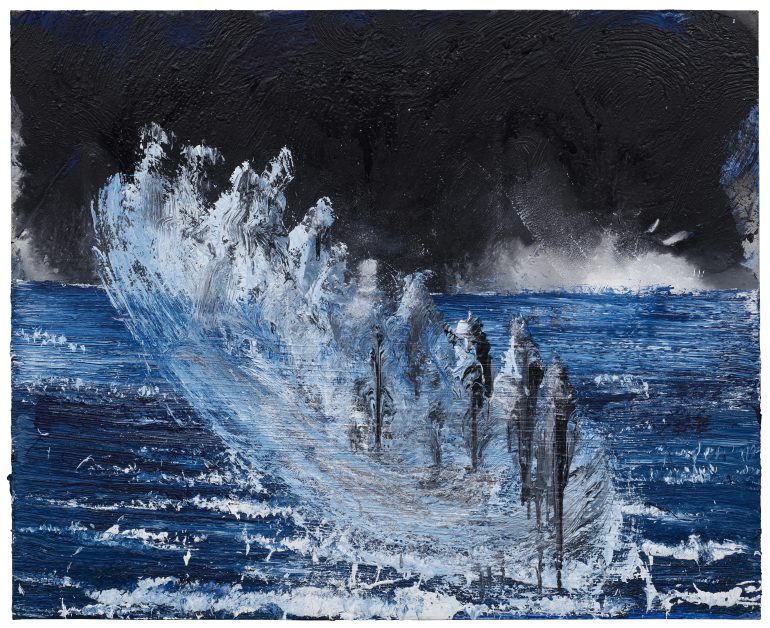Museum Singer Laren shines a spotlight on the longing for the big blue sea and the freedom it represents, in the exhibition La Grande Bleue: Painters of the Mediterranean. The Mediterranean coast has exerted an almost magnetic pull on artists since around 1870. Many such artists chose to work on the Côte d’Azur, the Italian Riviera and the islands of Capri, Mallorca, Corsica and Sicily. Here, they imagined themselves in an earthly paradise and, in relative isolation, struck out on new artistic paths under the influence of the intense light, sharp contours, deep shadows and vivid colours. The exhibition features works from artists including Gustave Courbet, Johan Barthold Jongkind, Adolphe Monticelli, Henri-Charles Manguin, Pierre-Auguste Renoir, Théo Van Rysselberghe, Otto van Rees, Mommie Schwarz, Else Berg, Jan Sluijters, Kees van Dongen, Isaac Israels, Yves Klein and contemporary Spanish artist Miguel Barceló.
Grande Bleue: Painters of the Mediterranean paints a picture of these artists. Each of them drew inspiration from the areas surrounding the inland sea between Southern Europe and North Africa. The intense blue hue of the saltwater and the sky forms an overwhelming, seemingly infinite presence that unites the region into a single whole. There, the artists were at liberty to explore new subjects and experiment freely with new styles.
Big blue sea
Many places around la grande bleue have managed to retain their indelible Mediterranean essence: a heady mix of natural beauty, picturesque seaside towns, cultural tourism and exclusivity. Art has played an important role in shaping that perception – and the resulting attraction – over the years. A flow of travellers in the opposite direction, towards Europe, has now begun as well. Rather than tourists, these travellers are people fleeing from war and risking their lives for a better, safer existence. As one of the major issues confronting Europe at the moment, this crisis has also left its mark in art, as visitors to the exhibition will see for themselves. With his roughly textured canvas Hiperbólic, the Spanish painter Miquel Barceló presents us with one such image. In this work, the ‘big blue sea’ has turned dark and the sky is a looming threat. The ghostly apparition of a refugee boat rises from the waves. Here, too, the Mediterranean Sea embodies the longing for freedom – this time motivated purely by the will to survive.
